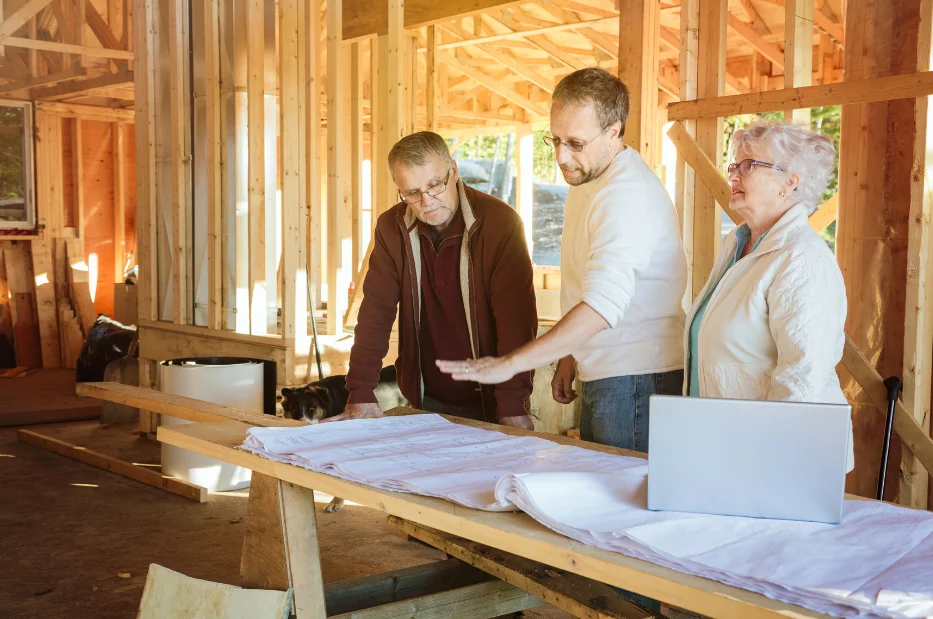What our customers say
Rating
5.0
164
reviews
Scott McMahan
2 days ago
I highly recommend working with The Colorado Mortgage Team! My wife and I just moved to CO and were referred to this team by our realtor. We had shopped around several brokers and lenders, and CO Mortgage was, by far, the most thorough, accommodating and professional. They took the time to understand our situation (both financial and home-buying desires) and would spend as much time as my wife and I needed talking through our various options. They provided so much insight and utilized great online tools to help us truly understand our decisions. When it came time to buy, they facilitated a very smooth closing and made everything very easy. Thanks CO Mortgage Team!
Read more
Posted on
Google
Illusion
7 days ago
Honest, hardworking, and happy people to work with. Would use again.
Posted on
Google
Anissa Delvalle
7 days ago
Can't say enough good things about this team. This was our 3rd time purchasing with the Colorado morgtage team and our 1st time closing within 3 weeks. The whole process was smooth from start to finish we never felt left in the dark. Communication is always top notch. We consider this team family and are so happy our paths crossed. Thank you Chad, Ben, travis, Clinton, and Denise. Cheers to a great year
Read more
Posted on
Google
corey cantrell
7 days ago
This is our 3rd go around with The Colorado Mortgage Team! See a trend ?! If something works great, why switch it up. The Mortgage Team is just that, Great. Ever step of the way, we felt secure, updated, and kept in the loop. When and if there is a 4th time for us ,,, The Colorado Mortgage team will be on our side.
Read more
Posted on
Google
Sam Neveau
14 days ago
Top notch mortgage company! Chad and the guys over there will make sure everything is easy and understandable. I will always recommend The Colorado Mortgage Team!
Read more
Posted on
Google
Matt dayer
14 days ago
I have worked with Chad and the team multiple times to purchase homes and refinance in Denver, and everything has always worked great! They really care about their clients! Will be working with them again in the future I hope!
Read more
Posted on
Google
Cody Stolz
14 days ago
Everything went absoutely great with our closing. The whole process was quick and painless and they left no question unanswered. They have a customer for life with us! As a side note be sure to ask them about the “All in One” loan. Could be a great financial tool to keep in your toolbox.
Read more
Posted on
Google
Reilly Stockton
21 days ago
UPDATE: As of January 2024, one year after closing on our condo, The CMT called us on our anniversary and automatically reviewed our mortgage rates to make sure we had the best possible payment plan. It was so helpful as we weren't sure how that process is supposed to go, and they made it so we feel confident that they have our best interests in mind! My partner and I were introduced to this company via our real estate agent and my goodness, we definitely made the right choice in both realtor and mortgage team! John was our main point of contact and he was so patient through the whole process with all of the questions and he was more than willing to repeat information as many times as we needed to make sure we understood all of the information. Denise was another contact we worked with and she was very helpful and quick to respond as well. The entire team, regardless of who we ended up speaking to at any time of day, was so kind and helpful and transparent, it really made buying our first home so much easier and with minimal stress from other people I've spoken to about their home buying experiences. Cannot recommend enough!
Read more
Posted on
Google


